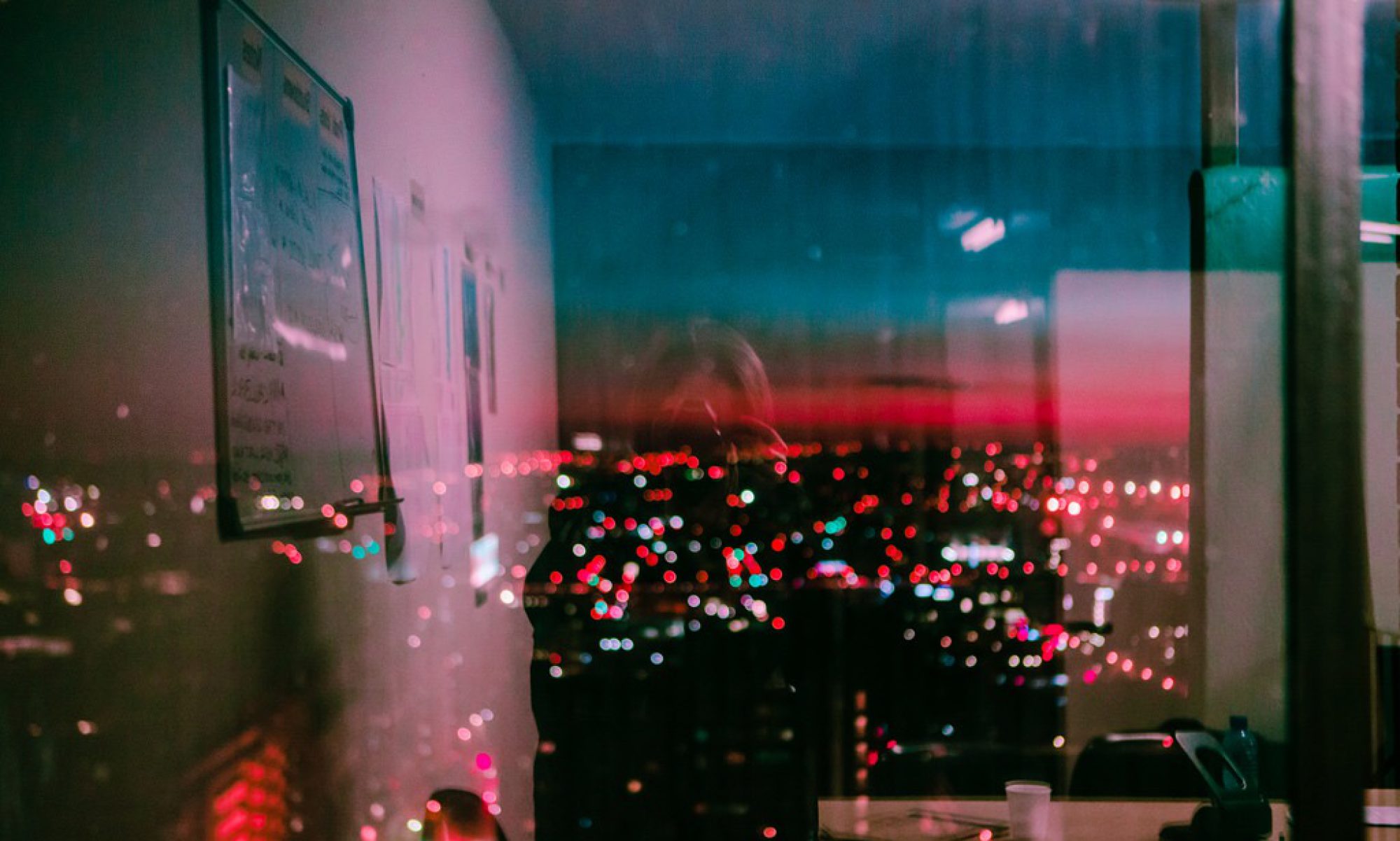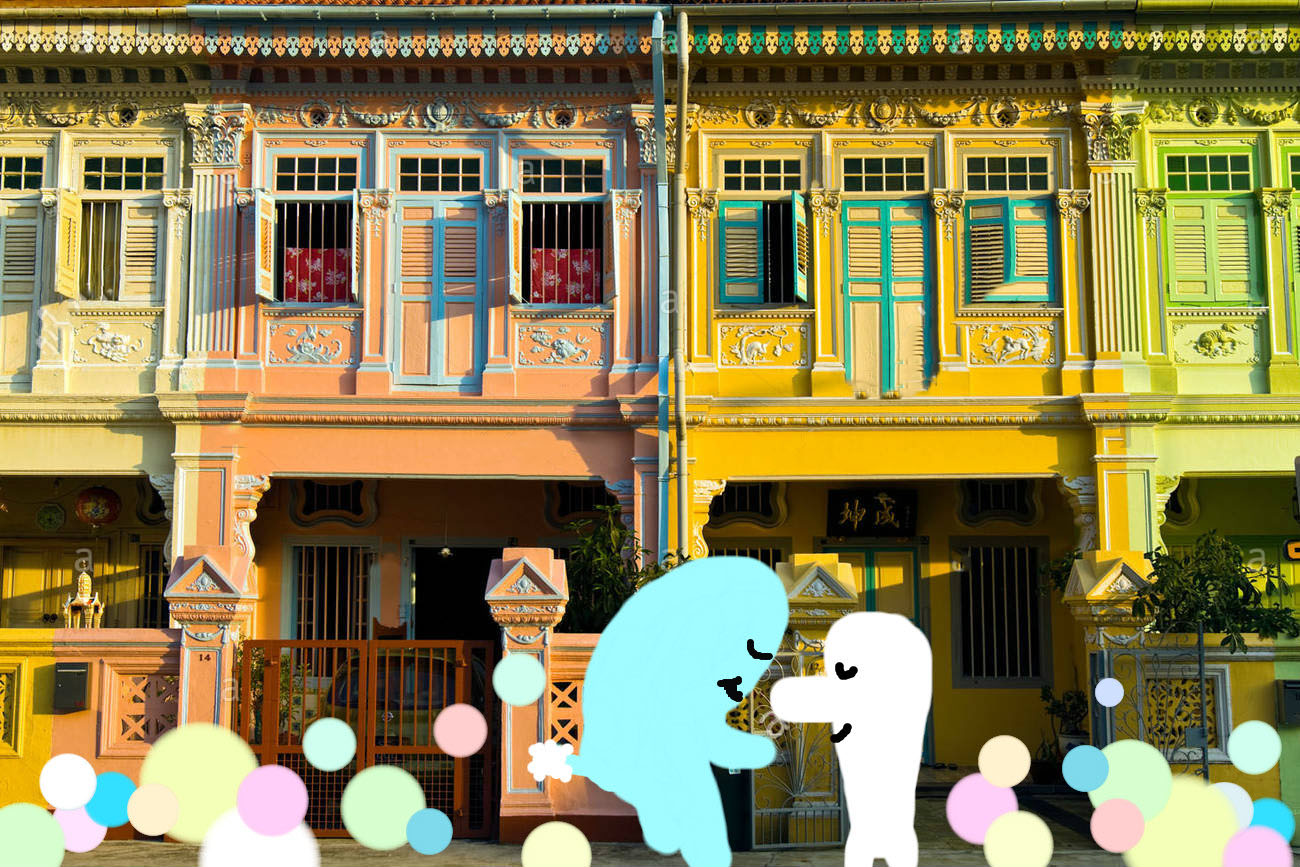Joo Chiat was formerly known as the Confederate Estate Road. It was filled with coconut and cotton plantations back then. A wealthy Chinese businessman and philanthropist of the name “Chew Joo Chiat” acquired considerable amounts of the land, including the plantations and also freehold lands for building developments. At that point of time aside from the attap kampongs and luxurious bungalow houses, there was an influx of Peranakans and Eurasians as well. Hence why there are a lot of churches in the area and Peranakan shophouses. But also till today, we can still see the kampong design being spared as seen in Geylang Serai’s Kampong Market. We see a lot of different cultures in one place, that is, Joo Chiat.
The recce in Joo Chiat got me overwhelmed as there were heaps of things I discovered but I was excited because that means a lot of ideas could possibly come out of it. This post will give more insight.

I went to Joo Chiat twice for this project. On the first day, I went with a friend a few days after Chinese New Year was over and it was quite empty. The shops were closed and I didn’t think it would still be closed having known that it was 2 weeks past Chinese New Year. So we could not go into any interesting Peranakan places or heritage sites. But we still managed to come across interesting architecture and colours such as the famous Peranakan shophouse of Koon Seng Road.

I stayed at that area for a while to take a closer look and aside from the vibrant colours, they had intricate gate design and also window and wall patterns.


Aside from that, we were in the bus when we came across another row of different kind of houses such as the one below. It only has 1 door and it looks like it overlaps over one another. So cool! I wonder how the interior looks like.

We got lost after and found ourselves in the deeper end of the streets. However, we still found a few little treasures such as this pottery place we passed by, as seen below. They sell their vases and pots too.

We came across numerous Catholic and Christian churches or places selling things relating to them too.

And the famous ‘Katong Church’, the Church of The Holy Family. The church has rich history, being first consecrated in 1932. Thus it served as an important place of worship for the Roman Catholic Eurasian community that used to live in Katong.


We found temples too.

Then we came across this (figure below) when we were on the bus. I was intrigued by it because I couldn’t exactly see the temple. We saw what looked like an iconography of a deity. So I went to do my research on it and it is actually the Kuan Im Tng temple.The main deity in the temple is Avalokiteshvara or the Goddess of Mercy. Before the temple was built, it had coconut plantation surrounding it. But in 1919, that same land was donated by a devotee and has since been upgraded to a bigger building to accommodate masses.

That was it for the 1st day of JOO CHIAT RECCE. Now onto the 2nd day, where we found more interesting things about Peranakan culture and other culture as well.
First stop was the world-renowned and famous 328 Katong Laksa. It is, of course, known for it’s Laksa and it is actually a Peranakan dish that stars rice noodles submerged in a spicy coconut broth. Fun fact: Gordon Ramsay came to Singapore before and tried replicating and creating his own laksa dish but was defeated by 328 Katong Laksa.

Down the road nearby this food outlet, we found another landmark of Joo Chiat which is the Sri Senpaga Vinayagar temple. It has been there for more than 150 years (wow) and hence had a very ancient but lively look on it which makes it different and interesting, following closely to the art style in the Ceylon Period in depicting the Hindu deities. The temple began in an attap shed under a champak (known as “senpaga” in Tamil) tree in 1875. The main deity being worshipped here is Lord Vinayagar. Hence, the name for the temple. Rebuilt between 2000 and 2003, it has the entrance tower as shown below with at least 159 sculptures of the temple’s main deities.






In Joo Chiat road, there are Peranakan shophouses that were open for customers to take a look. We were lucky enough and was awed by all of them such as the Rumah Bebe and Kim Choo (located directly beside it).


Rumah Bebe below.



Inside Rumah Kim Choo.



The owner was really nice and allowed us to head upstairs for free to view more and understand the Peranakan culture. There was even a guest-list!



They had a detailed history of the Peranakan Chinese culture, and everything in the shophouse was just full of ancient Peranakan treasures. I was intrigued by it all.












Below this, they have a store filled with their pastries also known as “kueh”. Kim Choo is known for their Nonya rice dumplings or also known as Bak Chang and also for their kueh.



Upon all these variations of culture found, I realised most of it was on Chinese Peranakan culture and the things that come with it. The colours, the vibrant atmosphere, it intrigued me the most. Hence, it led me to think maybe it could be something I’m mainly focusing on. We’ll see.
———————————
Sources and references:
http://eresources.nlb.gov.sg/infopedia/articles/SIP_946__2008-11-13.html
http://thehoneycombers.com/singapore/what-to-do-in-katong/
https://kksphotofriday.blogspot.sg/2013/12/joo-chiat-neighborhood-walk.html
https://chooyilin.com/blogs/theinsider/secrets-of-joo-chiat-i
http://history.catholic.sg/church-of-the-holy-family/



